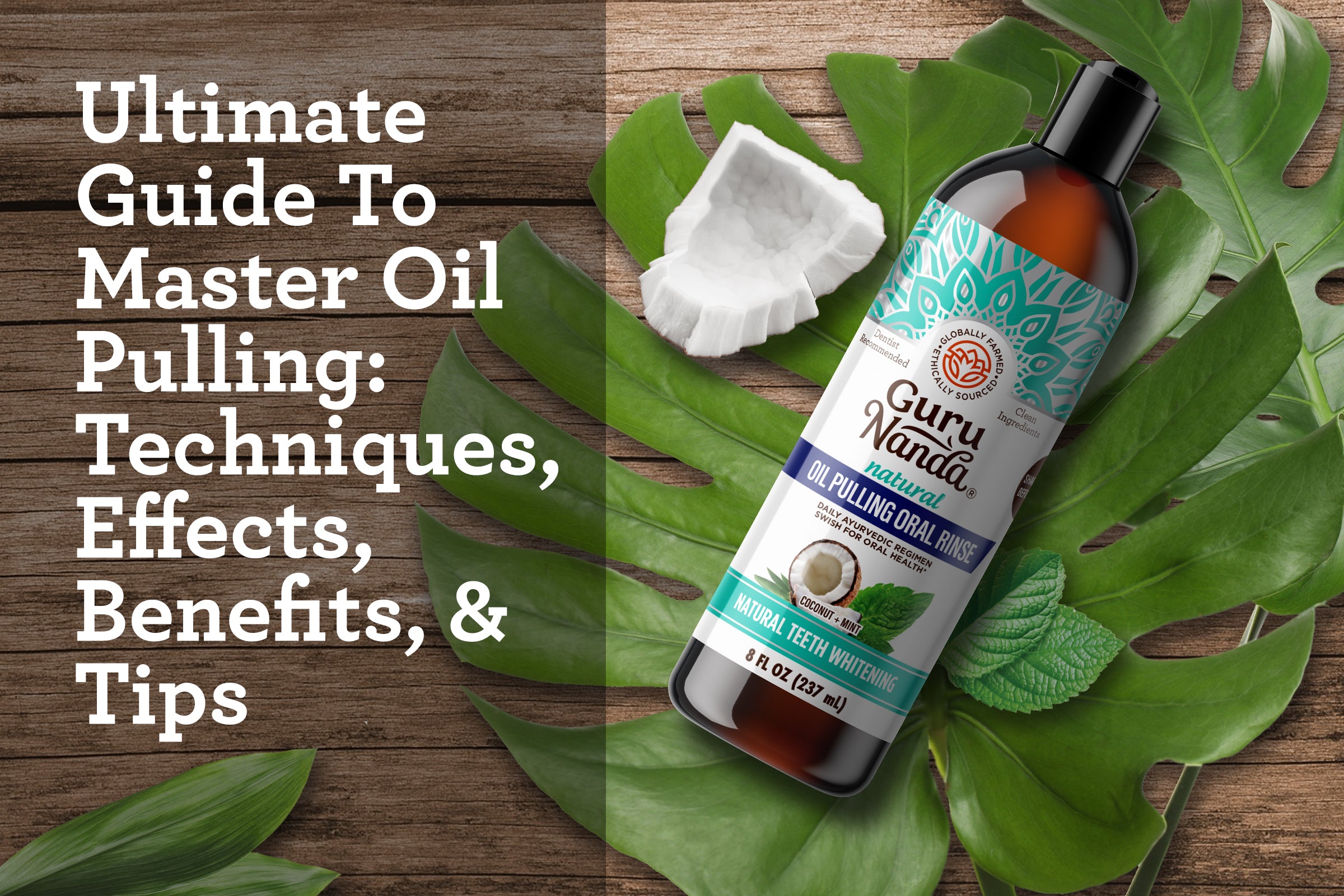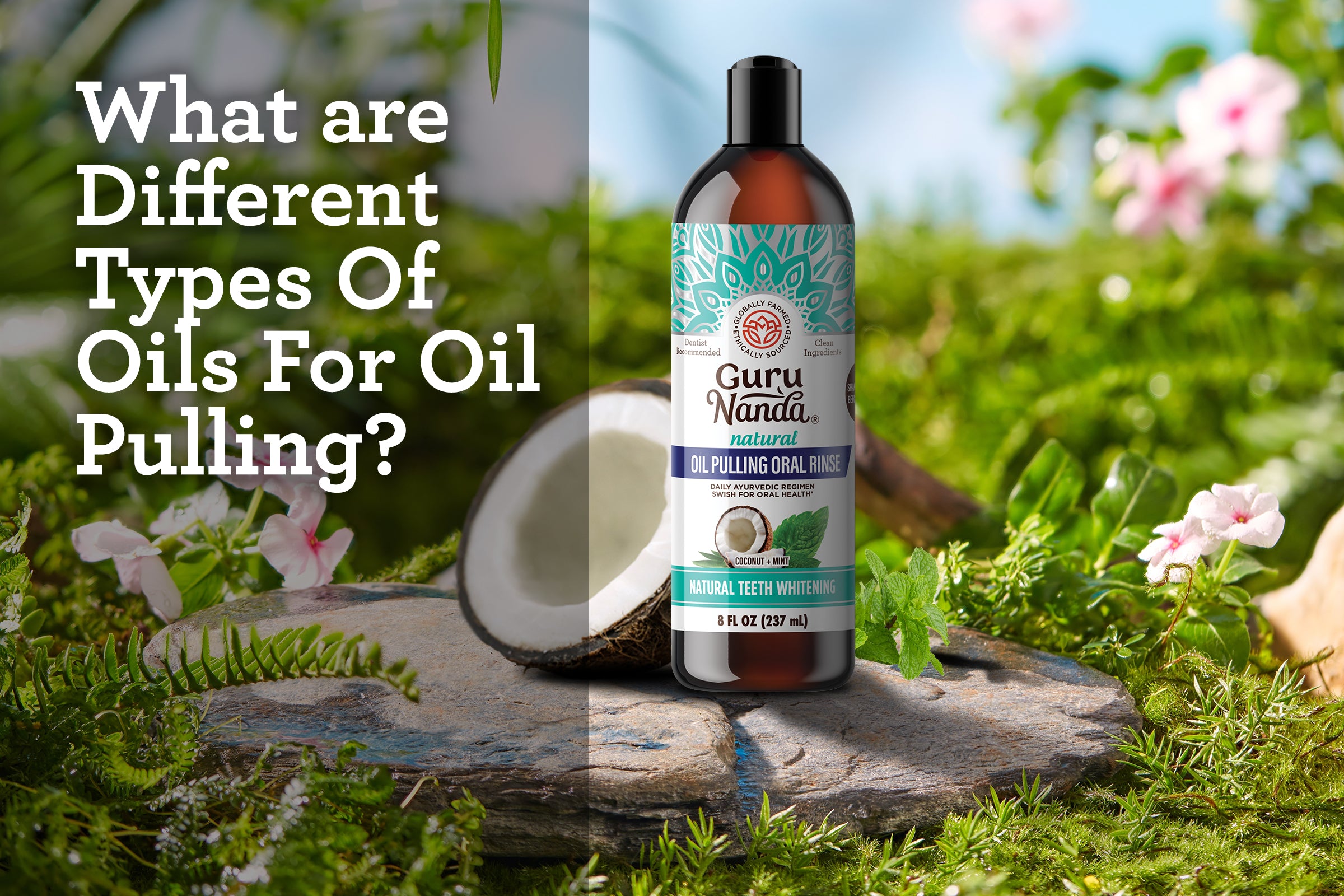From an early age, we're taught the importance of brushing our teeth and how vital it is for maintaining oral health. Most of us also learn the correct techniques and best ways to brush. However, as brushing becomes a daily, monotonous routine, we often stop paying close attention to how we do it. Are you sure you're using the proper teeth-brushing technique? Let's take a moment to explore and relearn the correct way to brush your teeth through this blog. Whether you prefer a soft manual toothbrush or an electric one, based on your comfort level, we'll guide you through the steps to ensure you're maintaining optimal oral health.
Proper Way To Brush The Teeth
Brushing your teeth is essential for removing plaque and bacteria constantly accumulating on teeth and along the gumline. If not regularly cleared, plaque can cause cavities, tooth decay, and periodontal disease. To protect your teeth from these issues, let’s take a look at steps to brushing teeth and employ a proper brushing technique, irrespective of the type of toothbrush you use—whether electric or manual: [1]
Step 1: Quadpacer Technique: Brush for two minutes using the Quadpacer technique. Do this by equally dividing the 2 minutes among all the quadrants of your mouth—lower left, lower right, upper left, and upper right. Spend 30 seconds on each section to ensure thorough cleaning.
Step 2: Optimal Brush Angle: Position the bristles at a 45-degree angle to the gums, targeting the junction where teeth meet the gums—a hotspot for plaque accumulation. The bristles should not be perpendicular but rather angled to effectively reach and remove debris.
Step 3: Circular Brushing Motion: Move the brush in gentle, circular motions, particularly along the gum line, to capture and sweep away debris, focusing on the inner and outer teeth as well.
Step 4: Be Gentle and Thorough: Avoid pressing too hard to prevent gum irritation. Also, remember to brush your tongue and gums to remove bacteria that cause bad breath. Additionally, use a tongue scraper, which is more effective than a toothbrush, for cleaning your tongue.
Step 5: Check Your Work: After brushing, inspect your gums and teeth in the mirror for any leftover food particles. Healthy gums should not appear red or swollen.
Step 6: Rinse Well: Finally, rinse your mouth and toothbrush thoroughly to wash away all toothpaste and loosened debris.
By following these detailed steps, you can ensure effective brushing habits that contribute to long-term dental health.
Choosing The Right Toothbrush
The American Dental Association (ADA) emphasizes the importance of both the right brushing technique and the right toothbrush itself for effective dental care. Choosing a soft-bristled toothbrush, such as the GuruNanda Butter On Gums™, which features over 8000 SOFTEX™ bristles for a gentle and thorough cleaning is beneficial. Ensure the toothbrush fits comfortably in your mouth to access all areas easily. Your toothbrush must be replaced every three months, or sooner if the bristles fray or after an illness, to maintain optimal oral hygiene and prevent reinfection. [2]
Tips To Keep In Mind While Brushing Your Teeth
- Duration and Coverage: Brush for two minutes, ensuring all tooth surfaces—inner, outer, and chewing areas—are thoroughly cleaned.
- Dietary Habits: Maintain a balanced diet, limiting your intake of sugary snacks and beverages to protect your teeth and gums.
- Regular Dental Visits: Schedule regular check-ups with your dentist for the prevention and treatment of oral diseases.
How To Keep Optimal Oral Hygiene?
Achieving optimal oral hygiene requires a comprehensive routine beyond just brushing. Start your oral care with oil pulling using GuruNanda's cocomint pulling oil, which offers numerous benefits of oil pulling. Follow this with tongue scraping to remove bacteria effectively. Continue by thoroughly brushing and flossing your teeth to clean all surfaces and spaces between them. You can use a manual toothbrush or an electric toothbrush for brushing. After that, use floss picks for manual flossing, and then a water flosser as an additional step. If you find manual flossing cumbersome, at least use a water flosser according which suits your preferences and comfort. Finish your oral hygiene routine by rinsing your mouth with mouthwash to wash away any lingering debris and bacteria. This full routine ensures your mouth stays healthy and clean.
FAQs
Q: How long and how often should I brush my teeth?
A: You should brush your teeth twice a day, spending two minutes each time. Use a stopwatch or timer to ensure you give your teeth the attention they need or use a smart toothbrush that has a built-in timer.
Q: What type of toothbrush should I use?
A: The American Dental Association (ADA) recommends using a soft-bristled brush. A toothbrush with a small head is ideal as it can better reach all areas of the mouth. For those with limited manual dexterity or difficulty brushing, an electric toothbrush is a beneficial option.
Q: Which toothpaste should I use?
A: Choose a toothpaste based on your specific needs, whether it's for fighting cavities, whitening teeth, or improving sensitivity. If you're unsure which type to choose, consult your dentist or dental hygienist for advice.
Q: Will it cause harm if I overbrush my teeth?
A: Yes, overbrushing affects your teeth & gums. In order to avoid issues like gum recession, abrasion, and sensitivity, be gentler while brushing. Using too much force when brushing can harm your teeth enamel and gums.
Q: How often should I replace my toothbrush?
A: Replace your toothbrush when it shows signs of wear or every three months, whichever comes first. Additionally, it's important to change your toothbrush after recovering from any illness to help prevent reinfection.
Q: Are you supposed to brush your gums?
A: Yes, you should gently brush your gums along with your teeth. Use a soft-bristled toothbrush and angle it at a 45-degree to the gum line. This helps remove plaque and stimulates the gums, keeping them healthy.
Q: What happens if I skip brushing my teeth one night?
A: Skipping brushing for just one night allows plaque to build up, which can lead to increased bacteria in your mouth. This can cause bad breath and may contribute to gum disease and tooth decay if skipping becomes a habit. It's important to maintain consistent oral hygiene to prevent dental issues.






